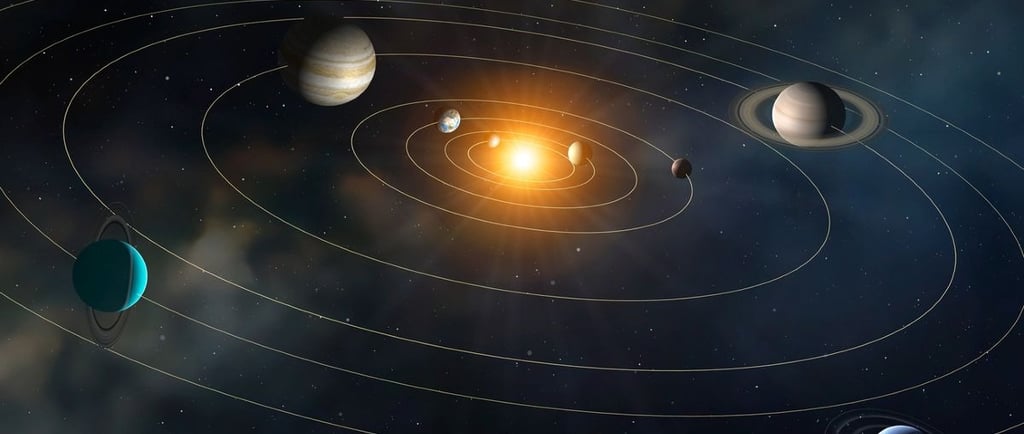Planetary Spin Speeds: A Comparative Analysis


An Overview of Planetary Spin Rates
The spin speeds of planets have significant implications for their climates, atmospheres, and overall characteristics. This blog post aims to explore the spin rates of various planets in our solar system, comparing their durations and shedding light on what makes each planet unique in this aspect.
Detailed Spin Rates of Solar System Planets
Considering the vast differences in rotation periods among planets, Venus stands out with a notably slow spin rate. It takes Venus approximately 243 Earth days and 26 minutes to complete one full rotation on its axis. This extended rotation period supports a dense atmosphere laden with clouds of sulfuric acid, raising questions about its climatic conditions.
In contrast, Mercury, the closest planet to the Sun, rotates much faster, completing a single spin in about 58 Earth days and 16 hours. Despite its swift rotation, the temperature variations on Mercury remain extreme due to its thin atmosphere, illustrating the complexity behind planetary climates.
Moving to our neighboring planet, Mars has a rotation period similar to that of Earth, taking approximately 24 hours and 36 minutes to complete one full spin. This similarity in time has been advantageous for scientists studying the potential habitability of Mars, especially during the exploration missions aimed at revealing any past signs of life.
Comparative Analysis of the Outer Planets
The outer planets exhibit a fascinating array of spin rates. Uranus rotates in about 17 hours and 14 minutes, but its unique axial tilt gives it a very different environmental dynamic compared to other planets.
Neptune, known for its intense storms, has a spin rate of just 16 hours. Despite its rapid rotation, its distance from the Sun contributes to its icy and tumultuous atmosphere, demonstrating how spin speeds interact with other planetary features.
Saturn, with its majestic rings, completes a rotation in 10 hours and 33 minutes. This rapid spin contributes to its oblate shape, making it visibly distinct among the gas giants.
Finally, the largest planet in our solar system, Jupiter, boasts the quickest rotation, completing a spin in approximately 9 hours and 55 minutes. Jupiter's swift rotation influences its harsh weather systems, resulting in notable phenomena such as the Great Red Spot.
Conclusion
Understanding the varying spin speeds of planets allows astronomers and scientists to make more educated predictions about each planet's weather patterns, potential for sustaining life, and atmospheric conditions. The diversity in planetary rotation speeds—ranging from the leisurely Venus to the rapid Jupiter—illustrates the complexity of our solar system and raises questions about the influences that these spin rates exert on planetary environments.
